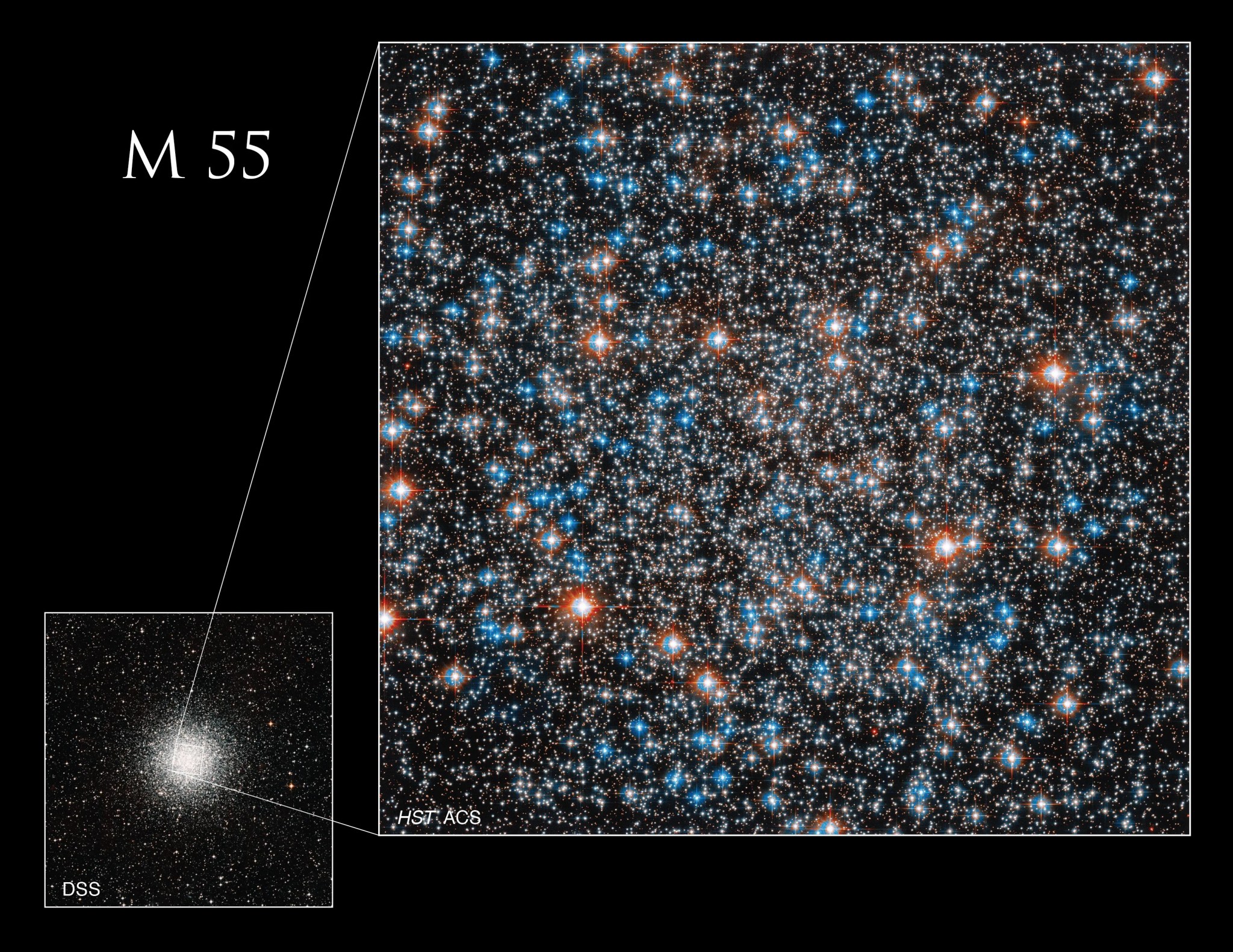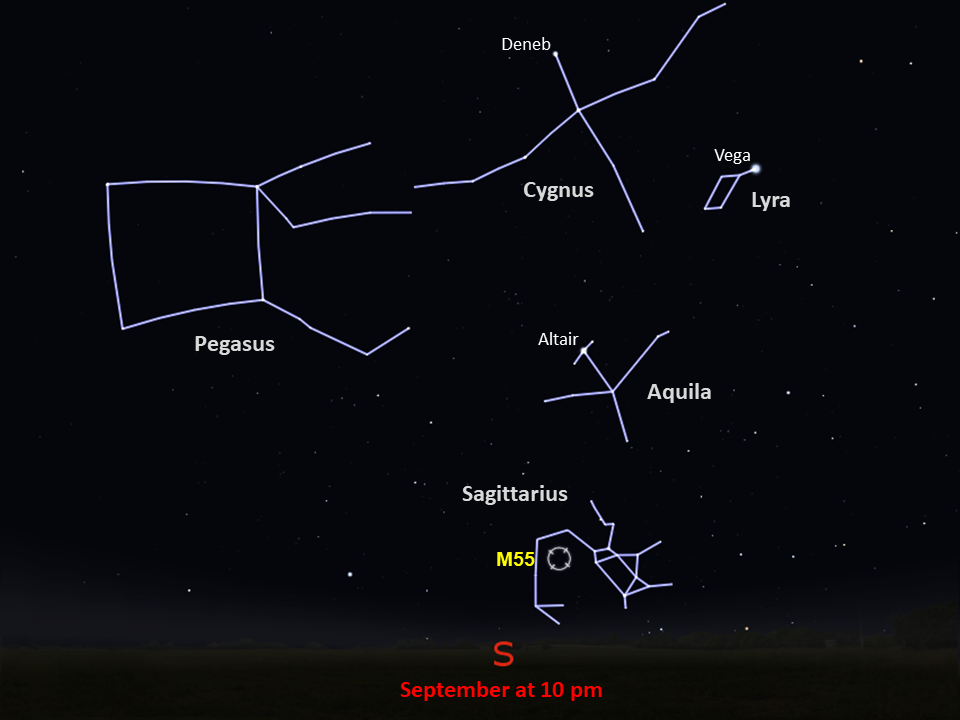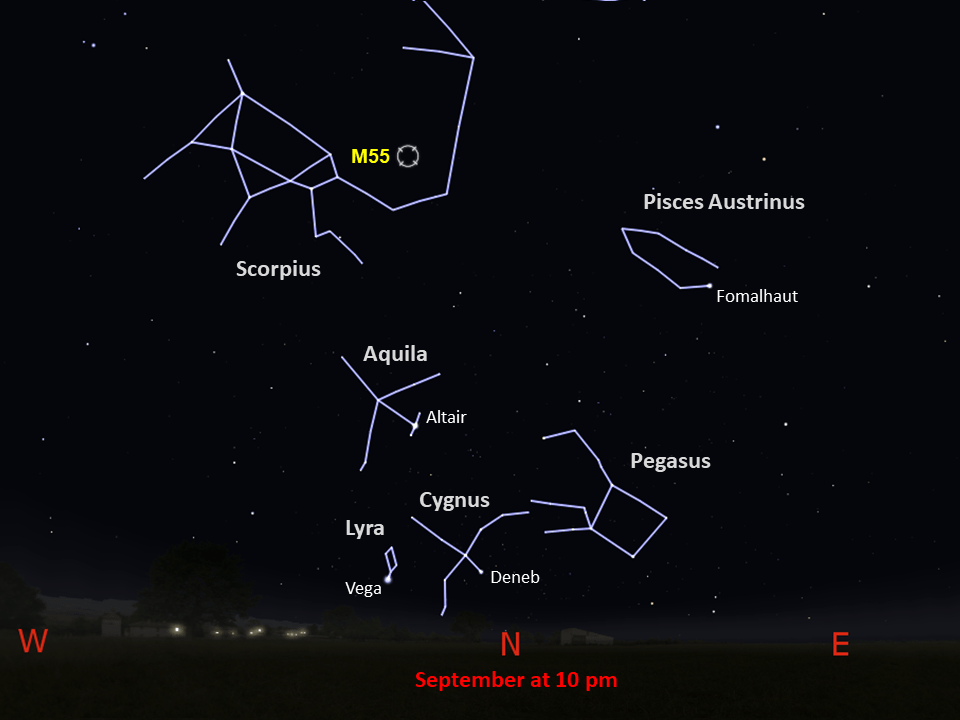Messier 55
This globular cluster holds 100,000 stars, including 55 variable stars whose brightness changes.
Distance
20,000 light-years
Apparent Magnitude
6.3
constellation
Sagittarius
object type
Globular Cluster
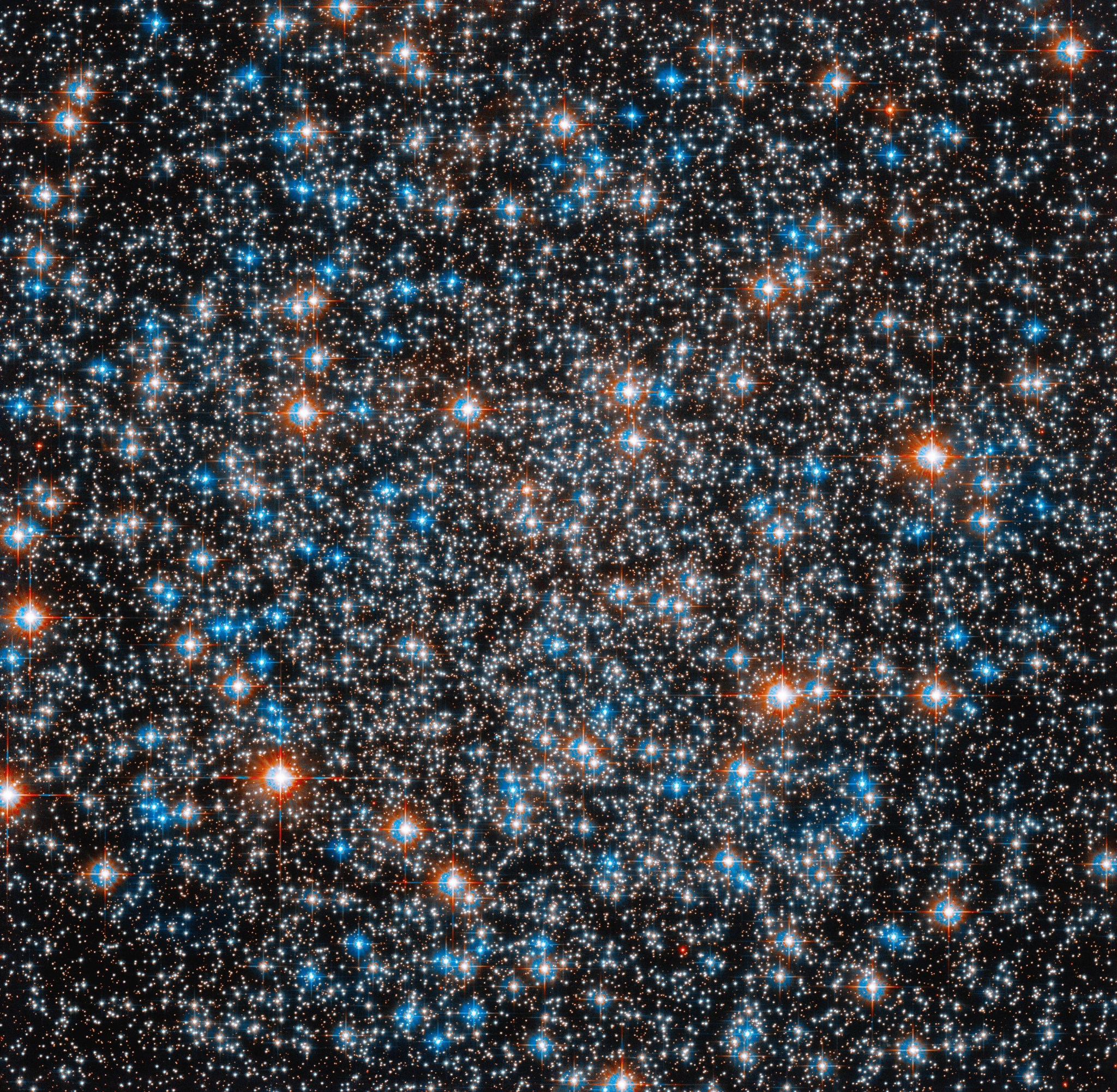
Even the great observer Charles Messier had trouble seeing this globular cluster when building his Catalog of Nebulae and Star Clusters. It was originally spotted in 1752 by a French astronomer in what is now South Africa, but it took until 1778 for Messier to catalog it.
This is because, while Messier 55 is large and reasonably bright, it is lacking a dense core and many of its stars are quite faint, making it hard to observe in non-optimal conditions.
For northern observers M55 sits low in the sky, so the view is hampered by a thicker layer of atmosphere, as well as water vapor and light pollution. This hindered Messier’s view from his Paris observatory. When he cataloged it, Messier noted that “its light is even and does not appear to contain any star.”
The globular cluster is about 20,000 light-years away with a diameter of about 100 light-years. Even in skies with low light pollution, viewed through binoculars, the cluster will only appear as a round hazy patch. Small telescopes can begin to resolve individual stars in M55, while larger aperture telescopes will pick out low magnitude stars easily. The star cluster is found in the southern part of the constellation Sagittarius and is easiest to spot in September.
Explore Hubble's Messier Catalog
The following pages contain some of Hubble’s best images of Messier objects.

Overview The Messier catalog, begun by astronomer Charles Messier in the 18th Century and revised over the years, includes some…
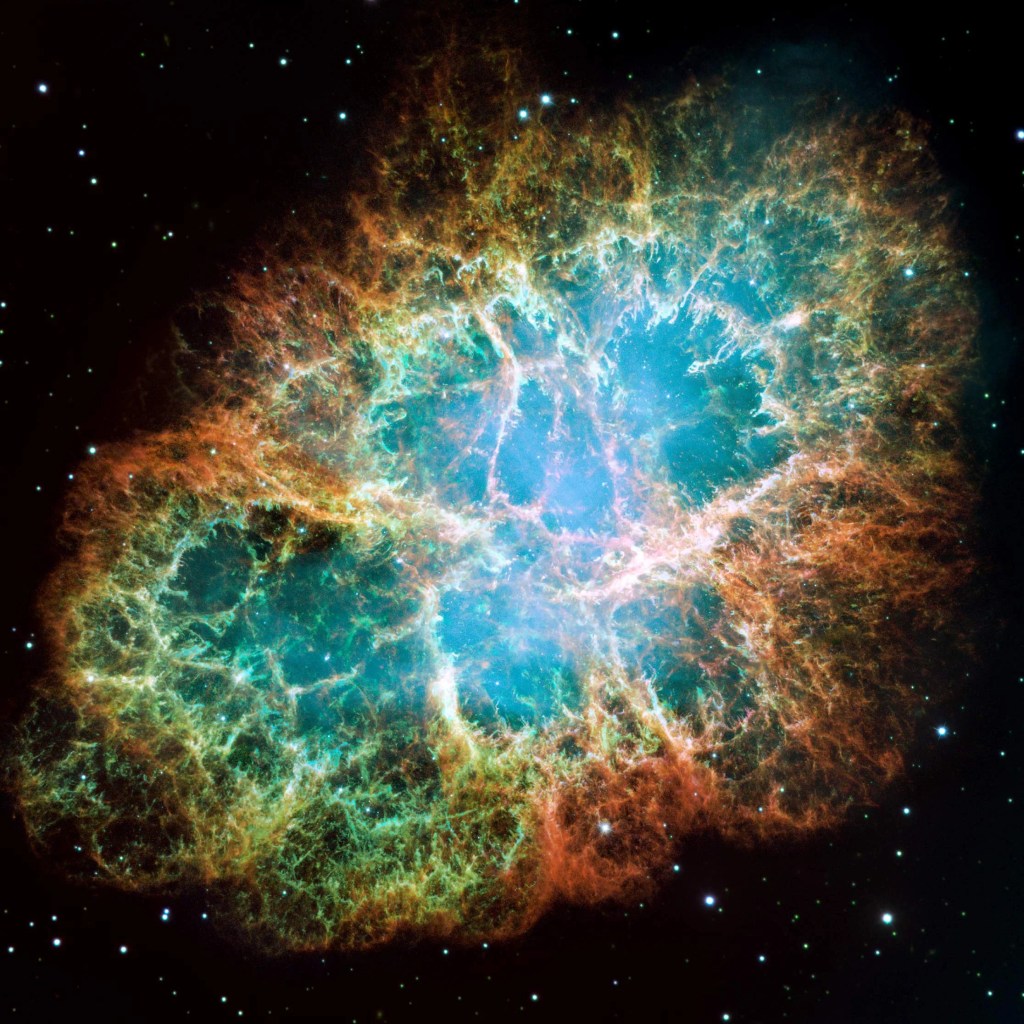
Better known as the Crab Nebula, Charles Messier originally mistook Messier 1 for Halley’s Comet, which inspired him to create…
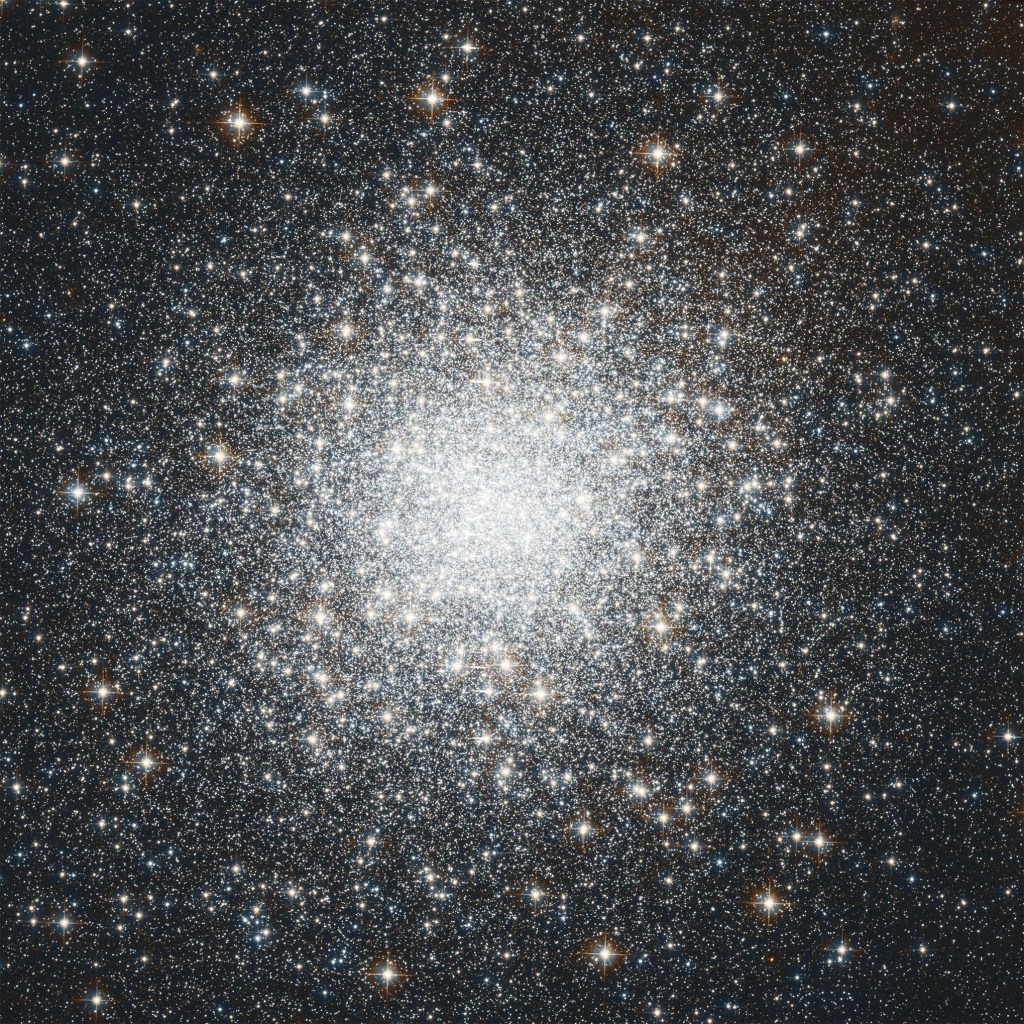
Hubble's image of Messier 2 is comprised of visible and infrared wavelengths of light.


























